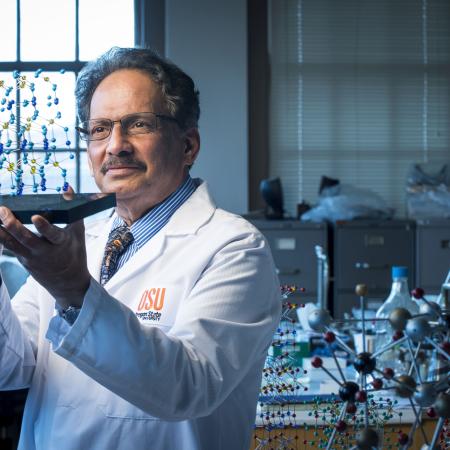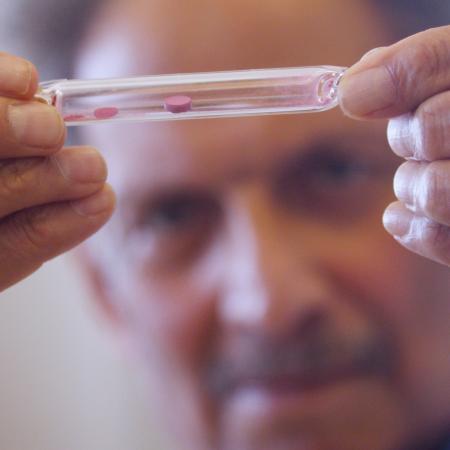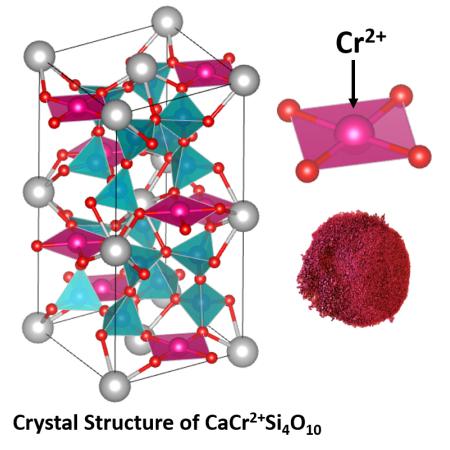Transfer of organic chemistry from Oregon community colleges to OSU.
Many students take the complete organic chemistry sequence(CH 241, 242, 243) at an Oregon community college (CC) before transferring to Oregon State. Most of these 4-credit courses include lectures and a lab. These courses differ from the organic chemistry courses at OSU which are either lecture courses or lab courses. These differences result in a number of consequences.
How courses transfer
Community college organic courses do not have a one-to-one correspondence with the organic chemistry courses at OSU (CH 331, 332, 334, 335, 336, CH 337, CH 361, 362) and transfer as lower division (LDT) credit because they officially 200-level at the community college.
Depending on the situation, only as a complete sequence and with C or better in all courses may be used to fulfill the organic chemistry requirement of many majors, other programs, or the chemistry minor at OSU. Each department or program makes the decision about how the transfers courses are counted toward their graduation requirements.
On transcripts
After transfer, these transfer courses often appear on the OSU transcript as various combinations of CH 331, CH 332, CH 337 (sometimes CH 337 does not show up specifically), and unspecified LDT credit. It is confusing that upper division (UD) course numbers are used, but the credit is actually specified as LDT. These are the OSU rules. The number of credits granted at OSU for specific courses can be no more than the number of credits transferred (usually 12). Note that the transfer will not work if the entire CC sequence is not taken and transferred.
Chemistry majors
The complete CH 241-3 organic sequence at an Oregon community college will be considered to provide the necessary lecture material and background for one year of organic chemistry and meet the chemistry major requirement for one year of organic chemistry as embodied in CH 334, 335, 336 under two conditions: a) if the grades in all courses are B or higher, or b) if the conditions are met for obtaining upper division credit (see below). Note that the first option a (B or higher grades in CH 241-3) is independent of the ACS exam and upper division credit is not given.
A chemistry major transfer does not have to take the CH 334-336 sequence at OSU if they have successfully taken and transferred the community college organic chemistry sequence (B grade or higher in CH 241, 242, and 243 or C grade or higher in CH 241, 242, and 243 and a grade for the ACS organic exam corresponding to the 50th percentile or better). Also the laboratory portion of the CH 241-243 sequence will usually be considered to provide the laboratory experience in organic chemistry that substitutes for the chemistry major requirement of CH 361 and they continue in CH 362. This "equivalency" will be decided on a case by case basis.
Chemistry minors
For the chemistry minor, the number of organic chemistry credits that apply to the minor will not exceed 12 which is the number of credits earned at OSU for the CH 331, 332, & 337 sequence.
Only for the purposes of the requirements of the chemistry minor, the complete CH 241-3 organic sequence at an Oregon community college will be considered to be "upper division" and equivalent in terms of topic coverage to taking CH 331, 332, and CH 337. The ACS exam (see below) is not required for the chemistry minor. Note that the conditions of this type of transfer provide the equivalent of one laboratory course (i.e., CH 337) that fulfills the requirement of one "upper division" chemistry laboratory course of (3 or more credits) for the chemistry minor.
Meeting graduation requirements
Students taking the CC organic chemistry sequence can obtain upper division credit with the procedure outlined below.
The conditions for the transfer of CH 241-243 into OSU and meeting graduation requirements are contingent on the level and topic coverage of CC organic courses being appropriate and based on a minimum of 3 lectures and one 3-hour laboratory per week for each of the 3 quarters. If the laboratory part of the course is an option to be taken with a lecture course, the lab must be taken all three terms to equal 3 or more credits of organic laboratory. In general, where the organic chemistry laboratory is a separate course, the entire CH 241-243 lecture sequence will transfer to OSU as CH 331 and 332 but not include CH 337. In some cases, the separate organic laboratories may articulate to OSU as CH 337 but with 1 cr.
Granting upper division credit at OSU for organic chemistry taken at an Oregon community college
If a student takes a complete year of organic chemistry with laboratory each term at an Oregon Community College (CH 241, 242, 243) and transfers to OSU, the student normally receives lower division credit. The course work may appear on the transcript as various combinations of CH 331, CH 332, CH 337, and unspecified LDT credit (lower division transfer).
In accordance with an OUS (formally OSSHE) memo (August 1, 1995), a student can receive upper division credit (300 level) if they pass the ACS organic exam.
The chemistry department will certify that a student receives upper division credit for an organic chemistry sequence taken at an Oregon community college with the following stipulations and conditions:
- The student receives a grade of C or better in all three organic chemistry courses.
- The student takes the ACS organic exam and receives a grade corresponding to the 50th percentile or better. This grade must be verified in writing by the appropriate representative at the community college. In practice, the instructor of the CC organic chemistry sequences who teaches and administers the ACS exam should send a short e-mail verifying student's name, grades in organic chemistry courses, and the score, percentile, and version on the ACS organic exam to the Lead Chemistry Advisor at OSU and they will report to the Registrar's Office. currently the Lead is christine.pastorek@oregonstate.edu.
- The number of upper credits granted can be no more than the number of credits transferred but will not exceed 12, which is the number of credits earned at OSU for the CH 331, 332, & 337 sequence.
NOTE: The rules apply only to students at community colleges in Oregon who transfer to OSU (or another State University). For Oregon private colleges or out-of-state community colleges, colleges, or universities, the question of the level status (lower or upper division credit) of an articulated course in organic chemistry will be based on the level of the course at the original institution and the normal rules of the OSU Admissions office. The ACS test is not an option.


